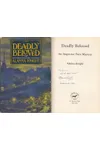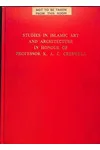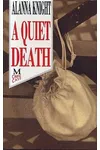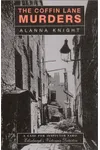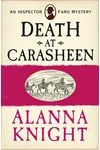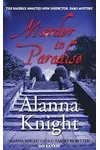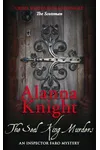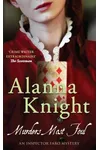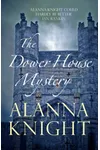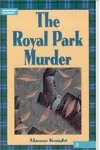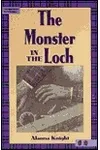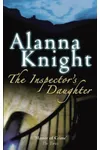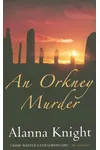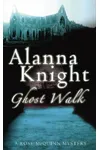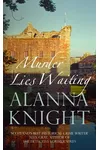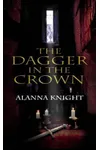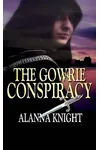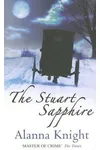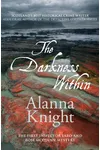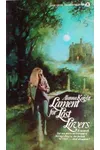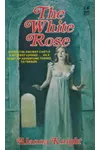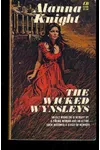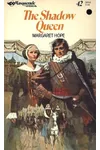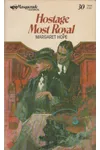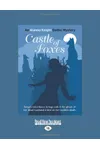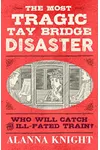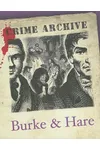Picture a Scottish storyteller weaving Victorian mysteries that keep you guessing until the final page—meet Alanna Knight! A titan of crime fiction, Knight penned over sixty novels, earning her a spot among The Times’ '100 Masters of Crime.' Her gripping historical series, featuring Inspector Faro and Rose McQuinn, blend Edinburgh’s shadowy past with pulse-pounding suspense, making her a beloved figure in British literature.
Born in 1923, Knight’s journey from Tyneside to Edinburgh’s literary scene is as captivating as her stories. Her knack for crafting intricate plots and vivid characters cemented her as a mentor to writers and a fan favorite in UK libraries. Let’s dive into the life and legacy of this crime fiction icon!
The Making of Alanna Knight
Alanna Knight, born Gladys Allan Cleet in Jesmond, Newcastle, grew up with Scots-Irish roots. A butcher’s daughter, she trained as a secretary, but her life took a dramatic turn in her forties. Struck by polyneuritis in 1964, Knight faced paralysis, yet her husband’s gift of an electric typewriter sparked her writing career. By 1969, her debut novel, Legend of the Loch, won acclaim, launching a prolific journey that spanned decades.
Moving to Edinburgh, Knight found inspiration in the city’s cobbled streets and dark history. Her fascination with Robert Louis Stevenson and Victorian Scotland shaped her storytelling, blending historical accuracy with thrilling mysteries. This unique perspective set the stage for her iconic crime series.
Alanna Knight’s Unforgettable Stories
Knight’s bibliography is a treasure trove of crime, romance, and historical fiction, but her historical crime series steal the spotlight. The Inspector Faro series, starting with Enter Second Murderer (1988), follows Victorian detective Jeremy Faro as he navigates Edinburgh’s underbelly. With sixteen novels, the series showcases Knight’s knack for taut plotting and rich period detail.
Equally compelling is the Rose McQuinn series, featuring Faro’s daughter, a fierce lady investigator. Beginning with The Inspector’s Daughter (2000), Rose tackles cases in 1890s Edinburgh, from ghostly chapel mysteries to royal scandals in The Balmoral Incident (2014). Knight’s third series, centered on time-traveler Tam Eildor, adds a sci-fi twist, with titles like The Dagger in the Crown (2001) exploring historical conspiracies.
Knight’s style is immersive, blending gothic atmosphere, meticulous research, and complex characters. Her Edinburgh settings pulse with life, from foggy closes to grand estates, while her plots weave romance, suspense, and moral dilemmas. Ian Rankin praised her “insight into motive and aftermath,” a testament to her storytelling prowess.
Why Alanna Knight Matters
Alanna Knight’s impact on crime fiction is profound. Named one of The Times’ '100 Masters of Crime,' she brought Victorian Edinburgh to life, influencing readers and writers alike. Her mentorship as Honorary President of the Edinburgh Writers’ Club and Scottish Association of Writers nurtured countless authors. Knight’s MBE in 2014 for services to literature underscores her cultural significance.
Beyond fiction, Knight’s non-fiction, including true crime and Robert Louis Stevenson biographies, showcased her versatility. Her books, available in large print and audio, remain library staples, proving her enduring appeal. Knight’s death in 2020 at 97 marked the end of an era, but her stories continue to captivate.
- Born: February 24, 1923, Tyneside, England
- Key Works: Enter Second Murderer, The Inspector’s Daughter, The Balmoral Incident
- Awards: MBE (2014) for services to literature
- Died: December 2, 2020, Edinburgh, Scotland
Ready to unravel a Victorian mystery? Snag The Inspector’s Daughter and dive into Alanna Knight’s thrilling world of crime and intrigue!


